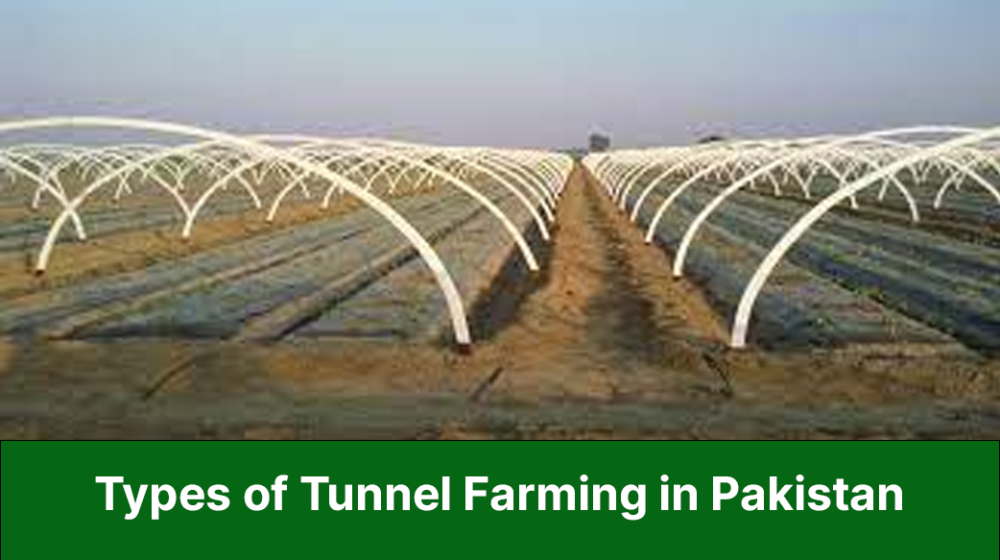Types of Tunnel Farming:
Introduction
Welcome to our comprehensive guide on tunnel farming, where we delve into various types of tunnel farming techniques and how they can significantly boost your agricultural productivity. Tunnel farming, also known as polytunnel farming, has gained immense popularity in recent years due to its numerous advantages. By implementing the right tunnel farming method, you can create an optimal environment for your crops, protect them from adverse weather conditions, and optimize their growth throughout the year. In this article, we explore different types of tunnel farming systems, highlighting their benefits, applications, and key considerations. Let’s dive in!
- High Tunnel Farming
High tunnel farming, often referred to as hoop house farming, involves the use of a simple, yet effective, structure made of hoops covered with greenhouse-grade plastic. This type of tunnel farming allows for the cultivation of a wide variety of crops while providing protection from inclement weather, pests, and diseases. The plastic covering creates a microclimate that enhances crop growth by retaining heat and moisture, extending the growing season, and enabling the cultivation of heat-loving plants. High tunnel farming is particularly beneficial for small-scale farmers, as it offers a cost-effective solution to extend the growing season and increase yield.
- Low Tunnel Farming
Low tunnel farming, also known as caterpillar tunnel farming, utilizes a series of individual tunnels made from arched hoops covered with row covers or agricultural fabrics. This method is ideal for protecting crops from frost, wind, and heavy rain while providing a controlled environment for optimal growth. Low tunnel farming is particularly useful for early-season and late-season crops, as it helps to hasten plant development and safeguard them from unfavorable weather conditions. The flexibility of this system allows for easy installation and customization, making it a popular choice among both small-scale and large-scale farmers.
- Multi-Bay Tunnel Farming
Multi-bay tunnel farming involves the construction of multiple connected tunnels, forming a larger structure that provides an extensive growing area. This type of tunnel farming is well-suited for commercial farming operations, enabling efficient use of space and the ability to grow a variety of crops simultaneously. By creating a continuous environment, multi-bay tunnel farming promotes better airflow, reduces temperature fluctuations, and improves pest and disease management. Additionally, it facilitates efficient irrigation and automation systems, further enhancing productivity and minimizing labor requirements.
- Hydroponic Tunnel Farming
Hydroponic tunnel farming is a soilless cultivation method that relies on nutrient-rich water solutions to grow plants. This innovative technique is highly efficient and space-saving, making it an excellent choice for urban farming and areas with limited land availability. By utilizing hydroponics within tunnels, farmers can optimize resource utilization, control the growing conditions, and achieve higher crop yields. Hydroponic tunnel farming is particularly suitable for growing leafy greens, herbs, and other fast-growing crops, providing a year-round supply of fresh produce.
Tunnel farming offers a range of options to enhance agricultural productivity and overcome environmental challenges. Whether you opt for high tunnel farming, low tunnel farming, multi-bay tunnel farming, or hydroponic tunnel farming, each method has its unique advantages and applications. By implementing the right tunnel farming system, you can extend the growing season, protect crops from adverse weather conditions and pests, and achieve higher yields. Remember to consider factors such as climate, crop selection, available resources, and your specific farming goals when choosing the most suitable tunnel farming technique.
